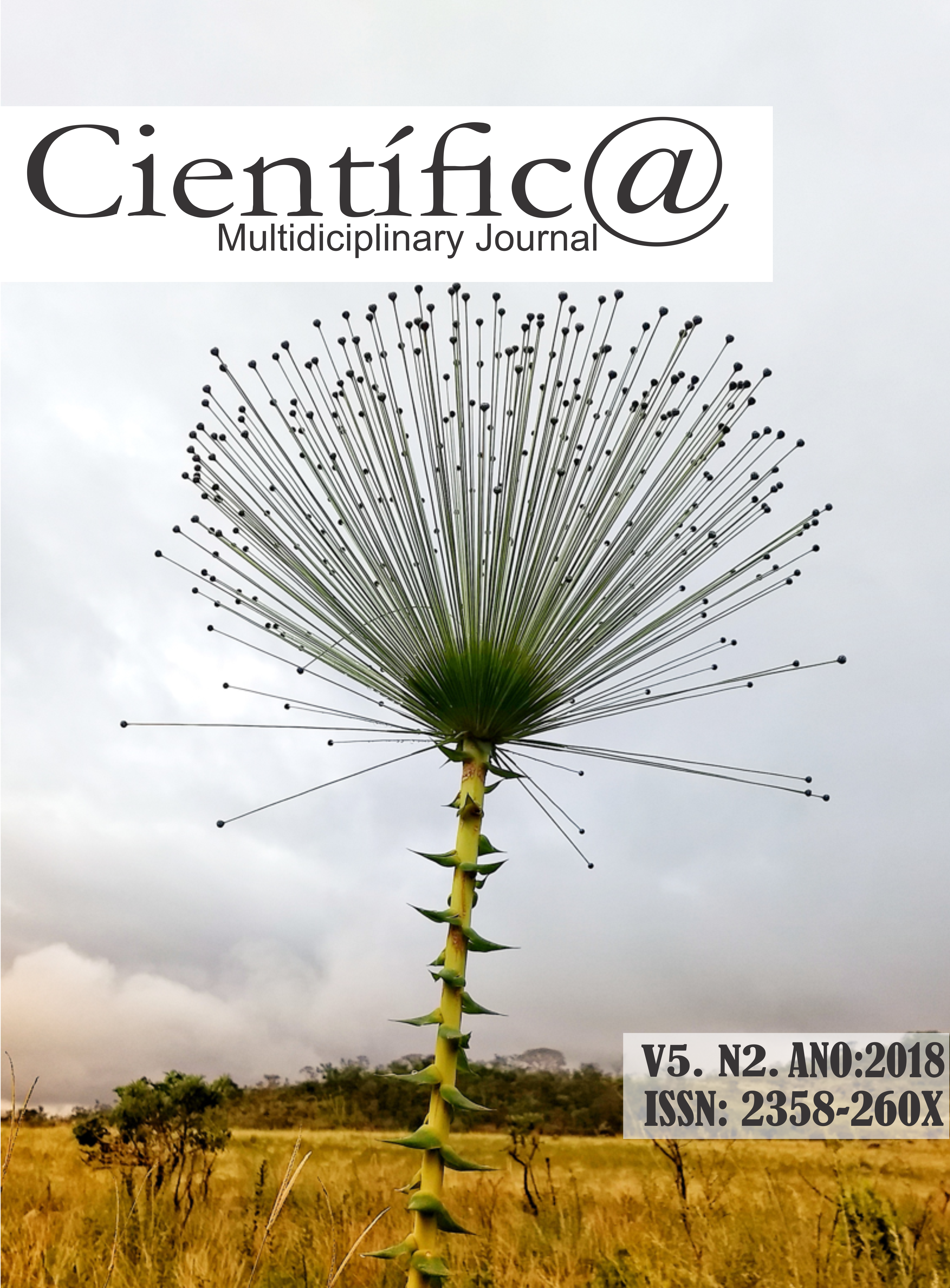Carbon sequestration in agroecological systems in the region of the São Patrício Valley, Goiás
DOI:
https://doi.org/10.29247/2358-260X.2018v5i2.p85-98Abstract
The objective of this study was to quantify the carbon fixed in green mass coverage, dry mass of litter and soil carbon in five agroecological systems, System Agrosilvopastoril, Agroforestry System, Integrated Agroecology and Sustainable Programme, Spring insulation, and insulation of Riparian Forest in three deployment ages. The experimental design was completely randomized with the treatments in a 5x3 factorial design with three replications, where one factor is composed of cropping systems. In carbon sequestration values in surface fresh green biomass of different ecological systems of production without considering the age of deployment of the systems, the SASP treatment was superior to SAF treatments, PAIS, insulation spring and riparian vegetation; In carbon values set in dry mass of litter, disregarding the age of system implementation, the insulating East and Riparian vegetation treatments were statistically superior values that the SASP treatments, SAF and PAIS; In the green mass values coverage, considering the age of deployment of the systems, the newly deployed treatments showed statistically lower values that areas with 2 years and 4 years of implementation; There was no significant minimum difference by analyzing the dry mass of litter values in different systems deployment times; Taking into account the age of deployment of agroecological systems, it turns out that the agroecological systems deployed two years ago stood out compared to the other; Fixing carbon in the soil disregarding the age of deployment, the insulation systems of springs and riparian forest were superior to others; By analyzing the behavior of carbon stocks of green biomass coverage in SAF, it was not identified statistical difference between the system deployment ages; There were no statistical differences for the green mass and dry weight values in different deployment times in PAIS; In carbon sequestration in the soil values in PAIS, the system aged deployment two years was higher than the newly implemented system, which in turn was higher than the system aged deployment of 4 years; In assessing the behavior of carbon stocks over time in the treatment Isolation springs, the Green Massa suffered values increase over time, where areas with 4 years of implantation showed statistically higher values than the other treatments; There was no statistically significant minimum difference to investigate carbon values established in isolation of riparian forests
Downloads
Published
How to Cite
Issue
Section
License
Esta revista oferece acesso livre imediato ao seu conteúdo, seguindo o princípio de que disponibilizar gratuitamente o conhecimento científico ao público proporciona maior democratização mundial do conhecimento.
A partir da publicação realizada na revista os autores possuem copyright e direitos de publicação de seus artigos sem restrições.
A Revista Científic@ - Multidisciplinary Journal segue os preceitos legais da licença Creative Commons - Atribuição-NãoComercial 4.0 Internacional. 

